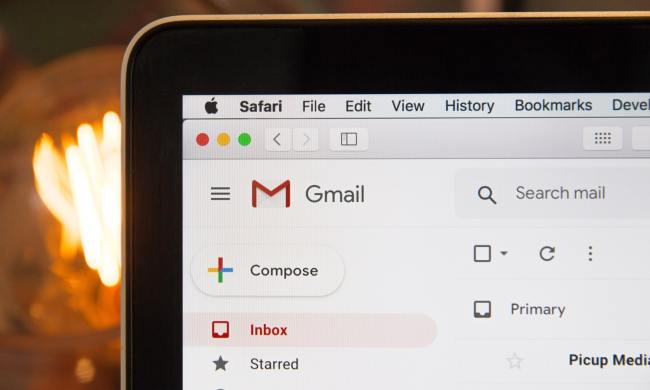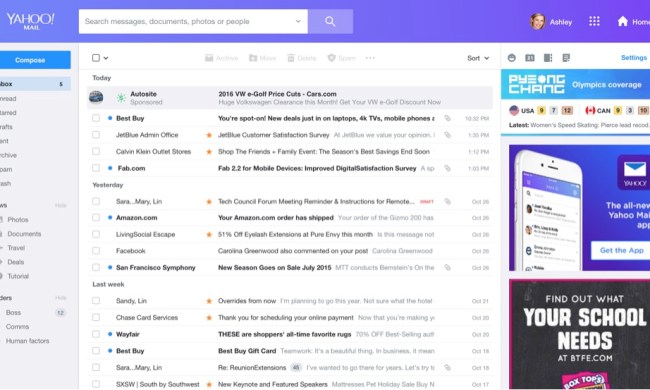
Regarding his interview with a businessman he calls Ken, Mr. Leonard states:
“Ken is one of a growing number of professionals who enjoy taking ‘microdoses’ of psychedelics in his free time and, occasionally, at the office. ‘I had an epic time,’ he says at the end of one such day. ‘I was making a lot of sales, talking to a lot of people, finding solutions to their technical problems.'”
The psychedelics used by these modern day psychonauts are usually LSD, Mescaline, or Psilocybin. The microdoses are usually one fifth to one tenth of the doses required to evoke a full blown trip, although dosing in measurements of micrograms is difficult to achieve at best. For example, a 150 microgram dose of LSD will blow a person’s mind.
The adventures of that afternoon are too detailed for this tiny article. Suffice it to say that I did not return to work that afternoon.
There are no scales available for less than $50,000 that can measure a small microgram amount of anything with any degree of accuracy. So these microdoses frequently are miscalculated, resulting in a massively hallucinogenic experience. This is something which, in my personal experience, requires an exceptional individual to navigate while at work.
I have no small experience with this subject. I was one of the first technologists to experiment with these chemicals. In my upcoming biography, written by Steven Morgan, there is a foreword written by radio personality Rebecca Costa, who was a co-worker of mine at Omex many years ago. In it, she includes her own interpretation of me:
“John’s genius was obvious from our first meeting. So was the drug use as indicated by his dilated pupils. Yet, even half in the bag, he ran circles around the rest of the Research and Development (R&D) team.”
She goes on to say:
“I watched John arrive before noon on his motorcycle in a black leather jacket and walk into the building with not so much as a briefcase or notebook. It was all in his head … He partied hard, was surrounded by beautiful women, worked into the early hours of the morning — often sleeping on the floor of his office. He spent his money frivolously; ignored executive directives he felt were wrong; blew off failure, schedules, and budgets; walked out of meetings he found boring and took massive scientific risks without conferring with a single other person. And just about the time you thought he was reckless, he would help himself to a piano in the corner of the room and play a flawless rendition of Chopin’s Nocturne No. 19 in E minor, and then explain how he solved a technical problem any reasonable mind would have walked away from.”
Rebecca’s full foreword can be found here.
I cannot credit my technical success to psychedelics. But neither can I discount it. Unlike today’s microdosers, I went all the way. I remember one time I took a massive dose of Psilocybin just before noon at work, then went out to lunch by myself. Before I reached my car, I saw a frantically barking dog looking intently upward at the branches of a tree. I like dogs. I walked over and, looking up myself and expecting to see a squirrel, asked “Watcha barking at, boy?”
“Nothing,” the dog replied. “Follow me!” The adventures of that afternoon are too detailed for this tiny article. Suffice it to say that I did not return to work.
In addition, I have frequently been in meetings where the other participants all turned into pigs, goats, lizards, and other creatures. Once, they all evaporated simultaneously, after first getting naked and indulging in an orgy on the table and the floor. Maintaining a calm demeanor, focusing on the fact that it might not be real, while giving a highly technical presentation, taxed my talents to their limits.
I have not taken any psychedelic substances for approximately 30 years, so my memory and experience set are not as clear as they once were. But this much I know: it is a dangerous path upon which these modern technology psychonauts have embarked.
I have two close friends — fellow psychonauts — who dropped out completely, one of whom still, to this day, insists he is Jesus. An uncountable number of casual acquaintances suffered equally disturbing fates. This experimentation is not for the faint of heart, nor for those unprepared to fully accept the consequences.
I personally know a number of high-profile technologists who are experimenting with these substances today. I give them all the same advice:
Reality may indeed be relative, I cannot say for sure. But if you are the only person experiencing it, then of what value can it be?
The views expressed here are solely those of the author and do not reflect the beliefs of Digital Trends.



